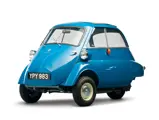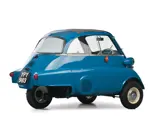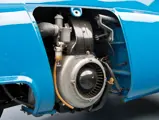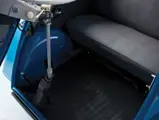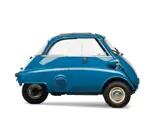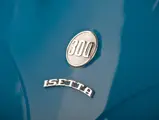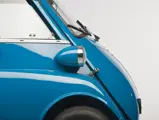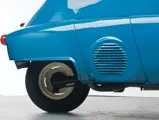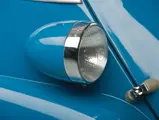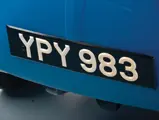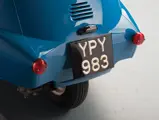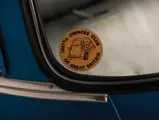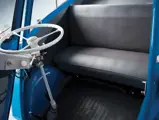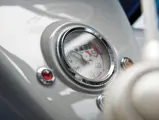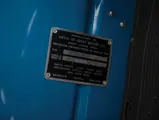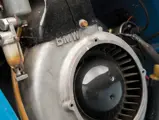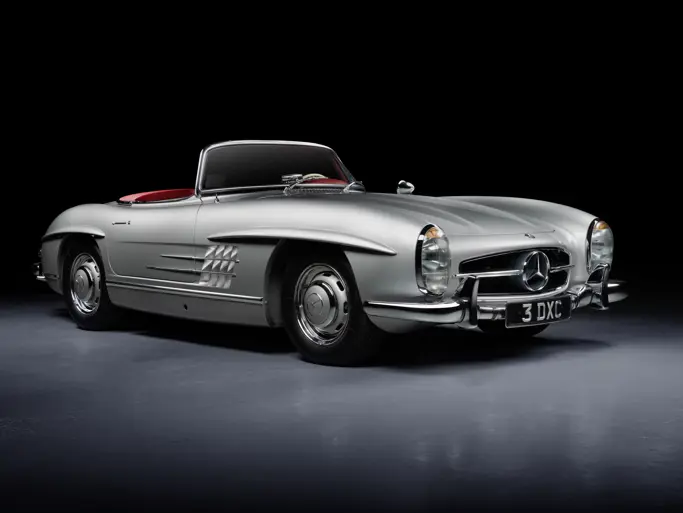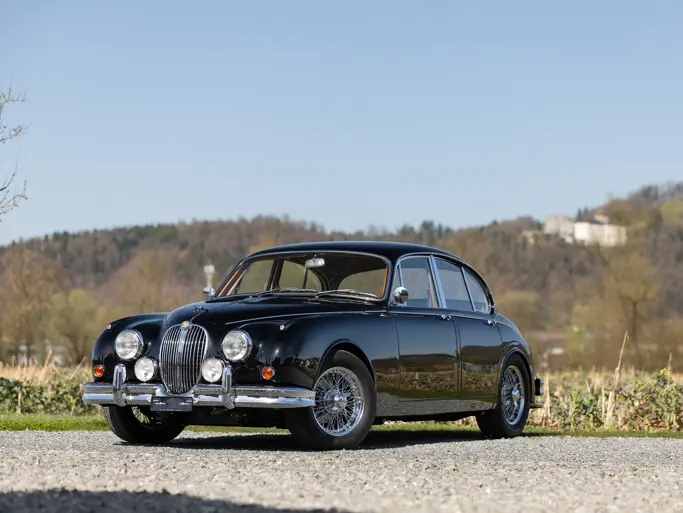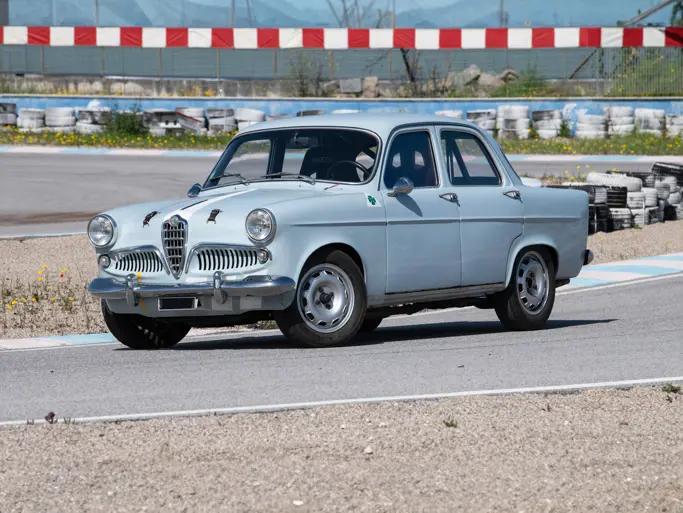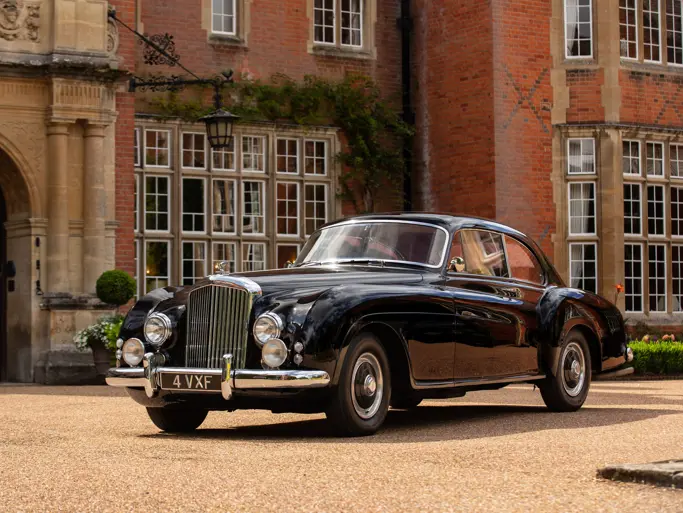The Bruce Weiner Microcar Museum
1961 Isetta 300
{{lr.item.text}}
$31,625 USD | Sold
 | Madison, Georgia
| Madison, Georgia
{{internetCurrentBid}}
{{internetTimeLeft}}

A right-hand drive, three-wheeled UK-delivery example.
SPECIFICATIONS
Manufacturer: Isetta of Great Britain Ltd.
Origin: Brighton, Sussex, England
Production: est. 30,000
Motor: BMW 1-cyl., 4-stroke
Displacement: 297 cc
Power: 13 hp
Length: 7 ft. 6 in.
Identification No. A329070
On July 26, 1956, Egyptian President Gamal Abdel Nasser nationalized the Suez Canal. Ensuing hostilities resulted in its closure after Nasser sank nearly 50 ships at its entrance, interrupting oil shipments to Europe. Fuel became scarce, rationing followed, and overnight, microcars enjoyed an instant vogue in the British Isles.
The native microcar industry had largely dissipated, leaving only a fleet of fiberglass-bodied AC Invacars, used by disabled persons under a government scheme as part of the National Health. The Invacars, however, were widely recognized as being unsafe, especially on the roads with normal size cars and, particularly, trucks. The Isetta, then being manufactured by BMW in Germany, seemed the perfect solution to economical cars for the masses.
Isetta of Great Britain was established in 1957, at the former Brighton Railway Works. Due to its location away from highways, all parts came in by rail, and finished cars were left the same way. A license was obtained from BMW and production commenced. For British roads, the cars were reconfigured for right-hand drive, which involved moving the steering wheel and controls and hinging the huge front door the opposite way. This posed a balance problem, since it put the driver (the primary occupant) and the engine on the same side. A 60-pound counterweight was added to the left side to correct the imbalance. Dunlop tires were fitted, along with Lucas electrical components. Girling hydraulic brakes replaced the German ATE parts.
Despite its diminutive size and welcome economy, the British Isetta lagged in acceptance until a three-wheel version was introduced. Although less stable, the three-wheeler had the advantage of registration as a motorcycle, which was not only less expensive but also allowed for a wider range of owners to drive it. Four-wheeler production continued, but for export only mainly to Canada, Australia, and New Zealand; production continued until 1964.
This three-wheel British Isetta was built in 1961 and was first registered in Yorkshire in March of that year. An excellent restoration, it has new paint and upholstery, the former in blue and the latter of grey vinyl and cloth. The fabric sunroof is done in dark grey. It has correct Lucas lighting, and it proudly bears an Isetta Owners Club of Great Britain decal on the rear window. An uncommon variant of the well-known Isetta, this car is the ideal vehicle with which to round out a collection.

